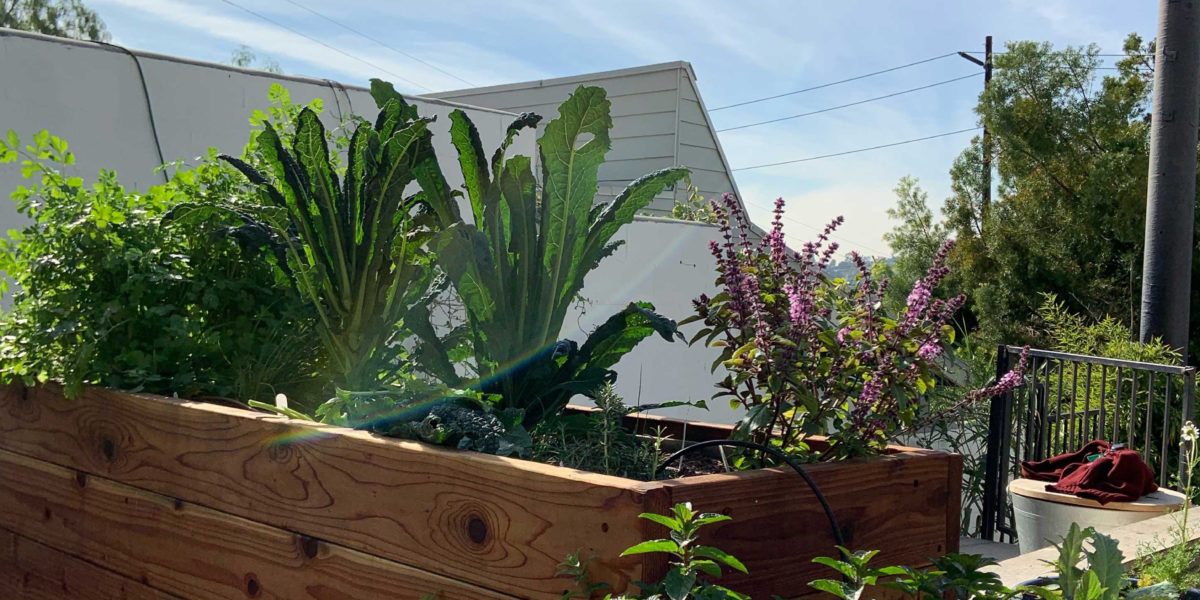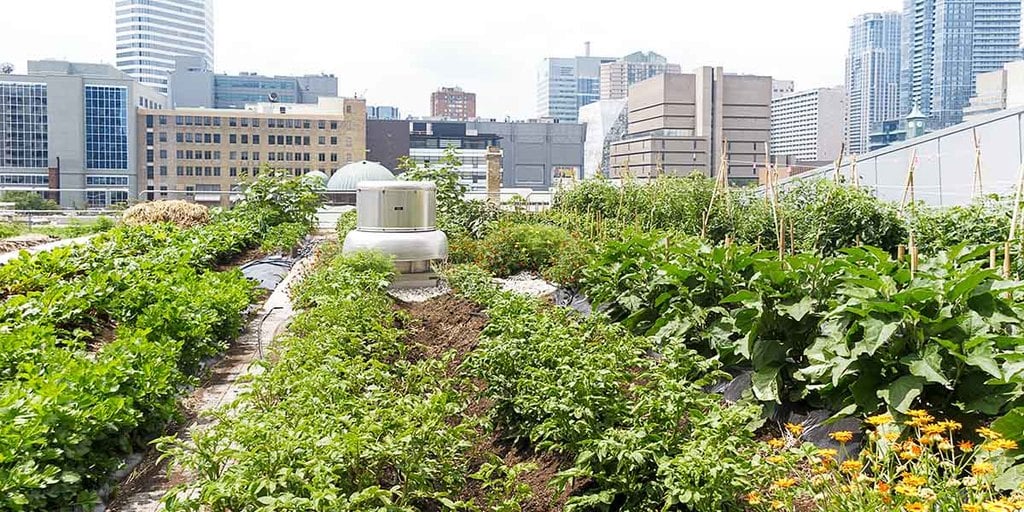The Ultimate Guide To City Blooming
The Ultimate Guide To City Blooming
Blog Article
7 Easy Facts About City Blooming Shown
Table of ContentsThe 9-Second Trick For City BloomingLittle Known Facts About City Blooming.City Blooming for BeginnersThe Best Strategy To Use For City BloomingCity Blooming Fundamentals Explained
Interested in growing food for sale in the City of Chicago? Thinking concerning beginning a community yard? Changes to the Chicago Zoning Statute enable agricultural usages like neighborhood gardens and city ranches in several components of the city. Below is a listing of frequently asked questions pertaining to the regulations and policies that farmers ought to think about when planning a city agriculture project.
The zoning amendment does not change any various other codes taking care of composting, building authorizations, buying or renting City had residential or commercial property, organization licenses or environmental contamination. There are existing codes that regulate these problems and they continue to be in full effect and might apply to your task. Neighborhood yards are typically had or managed by public entities, civic organizations or community-based companies and kept by volunteers.
Urban ranches expand food that is intended to be offered, either on a not-for-profit or for-profit basis. As a result of their commercial objective, city farms require a service certificate. Yes. A community garden is allowed to offer surplus produce that was grown on site if the sales are accessory or subservient to the yard's primary purpose described above.
The Main Principles Of City Blooming
The amount of compost material can not go beyond 25 cubic lawns at any type of given time according to the criteria in 7-28-715 of the City's Municipal Code. Due to the fact that the dirt at a lot of brand-new garden websites requires modifying, compost, dirt, wood chips, or other products can be obtained to construct or improve the expanding room.

If a structure authorization is called for then the hoophouse will be thought about an accessory building. You can discover more about the building authorization requirements by speaking to the Department of Buildings. The 25,000-square-foot size limitation is planned to avoid a single community garden from controling an offered block or diminishing the block's existing domestic or industrial personality.
The limitation does not apply to yards located in Public Open Area (POS) districts. Can there be more than one community garden that is 25,000 square feet on a single block? Yes. The dimension restriction puts on specific yards, not to individual blocks. No. Fence is not needed, however, yards that have huge car park areas might be required to set up fence or various other landscape design functions.
More About City Blooming
B1 & B2 districts require that all commercial usage tasks be performed inside your home. Is fence required for urban ranches? Fences may be required, along with landscaping and testing, for particular car parking areas and outside work or storage locations depending on place and the details activity taking place.
Yes. Urban ranches need structure permits and zoning approvals prior to building and construction. Other forms of city evaluation might be required depending upon details structures, activities, size, landscape design, licensing, public heath and stormwater monitoring problems. Most of these demands are identified in recommended you read the job style or permitting process, nonetheless, the applicant might be liable to independently recognize specific licenses or allows that might be required.
Yes. The sort of certificate is identified by what is taking place at the site. The Division of Business Affairs and Consumer Security can help determine the certain kind of organization certificate that's needed. Yes. Off road parking is required for most industrial jobs in Chicago. The required number of vehicle parking spaces is based on the number of staff members working with website and not the square video of the expanding area.
8 Easy Facts About City Blooming Described

A city ranch can offer garden compost material produced on website, however, the operation has to abide with the guidelines in 7-28-715 of the Chicago Municipal Code. Aquaponic systems are allowed indoors on metropolitan ranches in lots of zoning districts.
Approximately 5 hives or nests of honey may be maintained as an accessory use. Nonetheless, beekeepers have to sign up with the Illinois Department of Agriculture. To find out more concerning the proposed zoning change you might call the Department of Real Estate and Economic Growth, Bureau of Planning and Zoning at 312.744.8563.
Farming in cities and metropolitan areas A city farm in Chicago. Urban farming refers to various practices of cultivating. https://pubhtml5.com/homepage/baapp/, processing, and dispersing food in urban areas. The term likewise uses to the location tasks of pet husbandry, tank farming, beekeeping, and gardening in a city context. Urban farming is distinguished from peri-urban agriculture, which takes place in country locations at the side of suburban areas.
The Single Strategy To Use For City Blooming
, who look for to create social networks started on a shared ethos of nature and neighborhood holism. These networks can create by method of formal institutional support, ending up being integrated right into neighborhood town planning as a "change town" motion for lasting city advancement.
The extra straight access to fresh veggie, fruit, and meat products that may be realised through urban farming can boost food safety and security and food safety while lowering food miles, leading to lower greenhouse gas discharges, thereby contributing to environment modification mitigation. A few of the very first evidence of urban agriculture originates from Mesopotamia.
Report this page